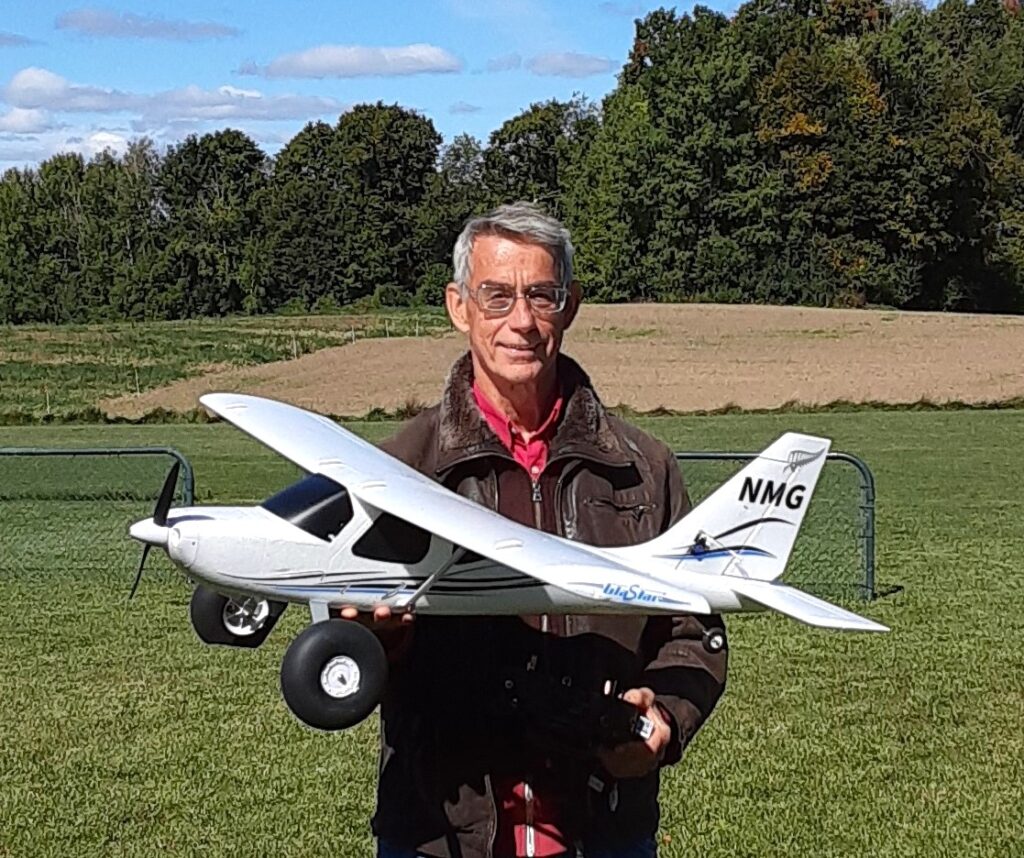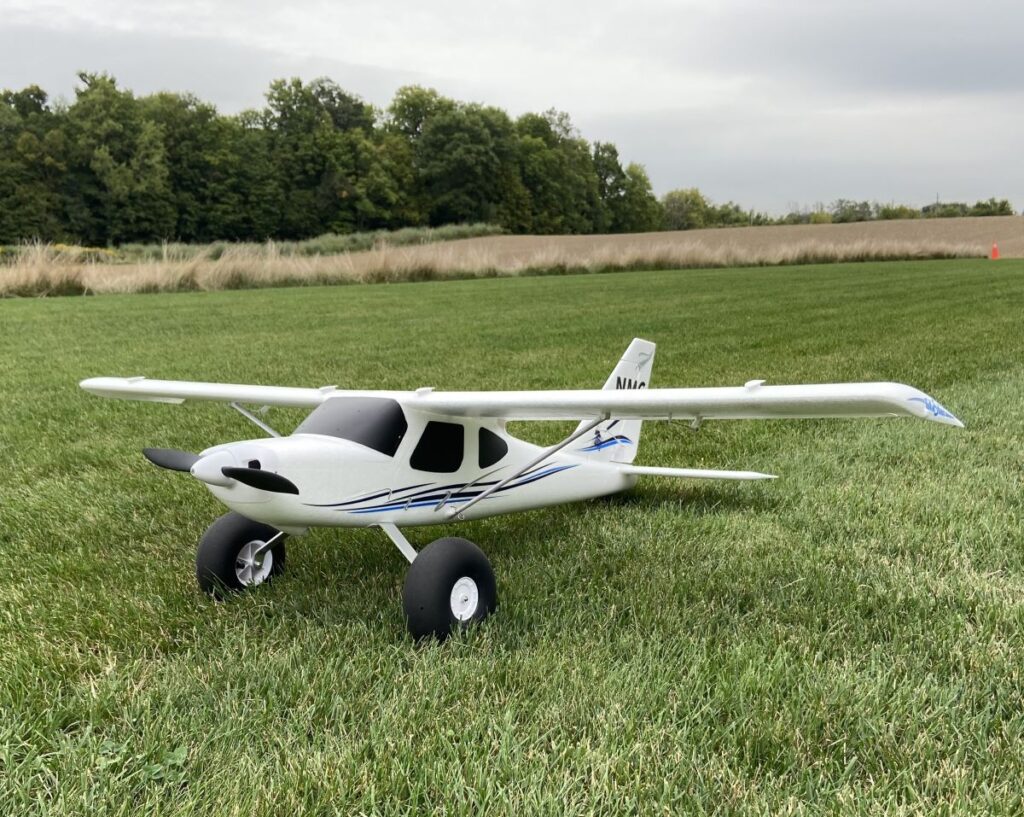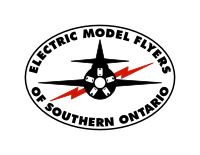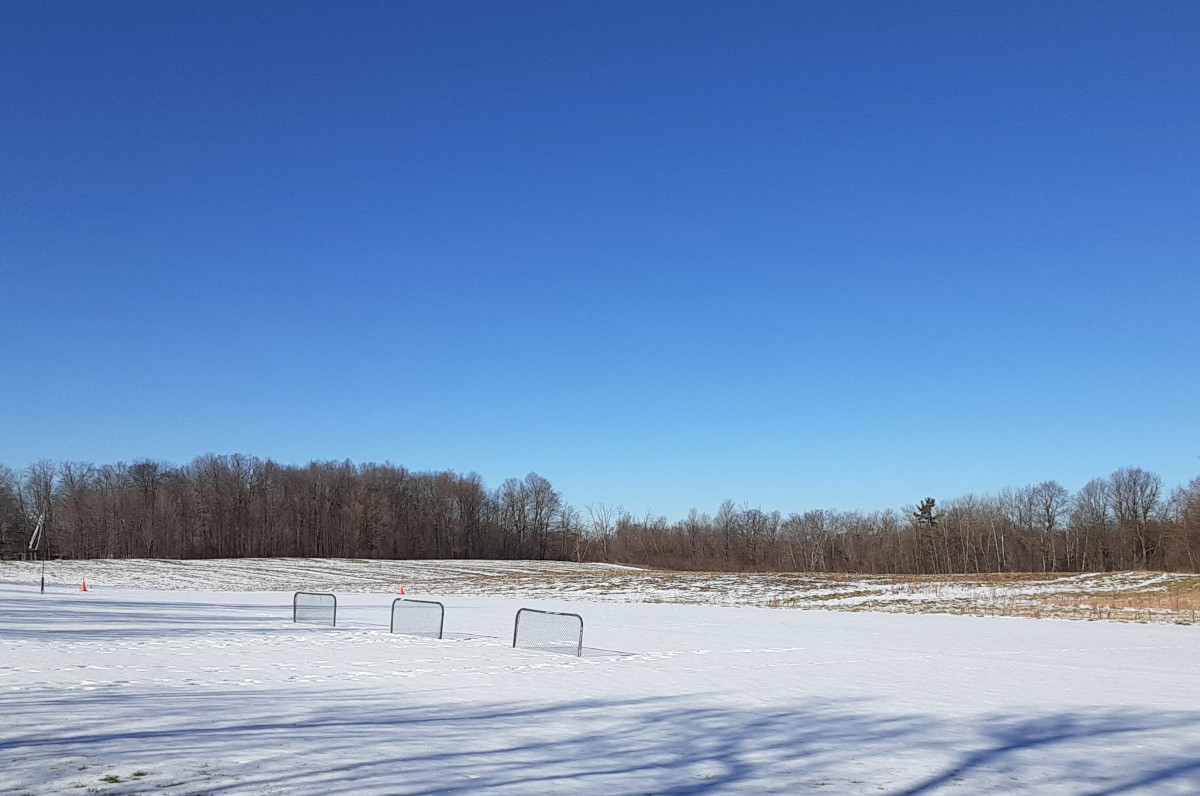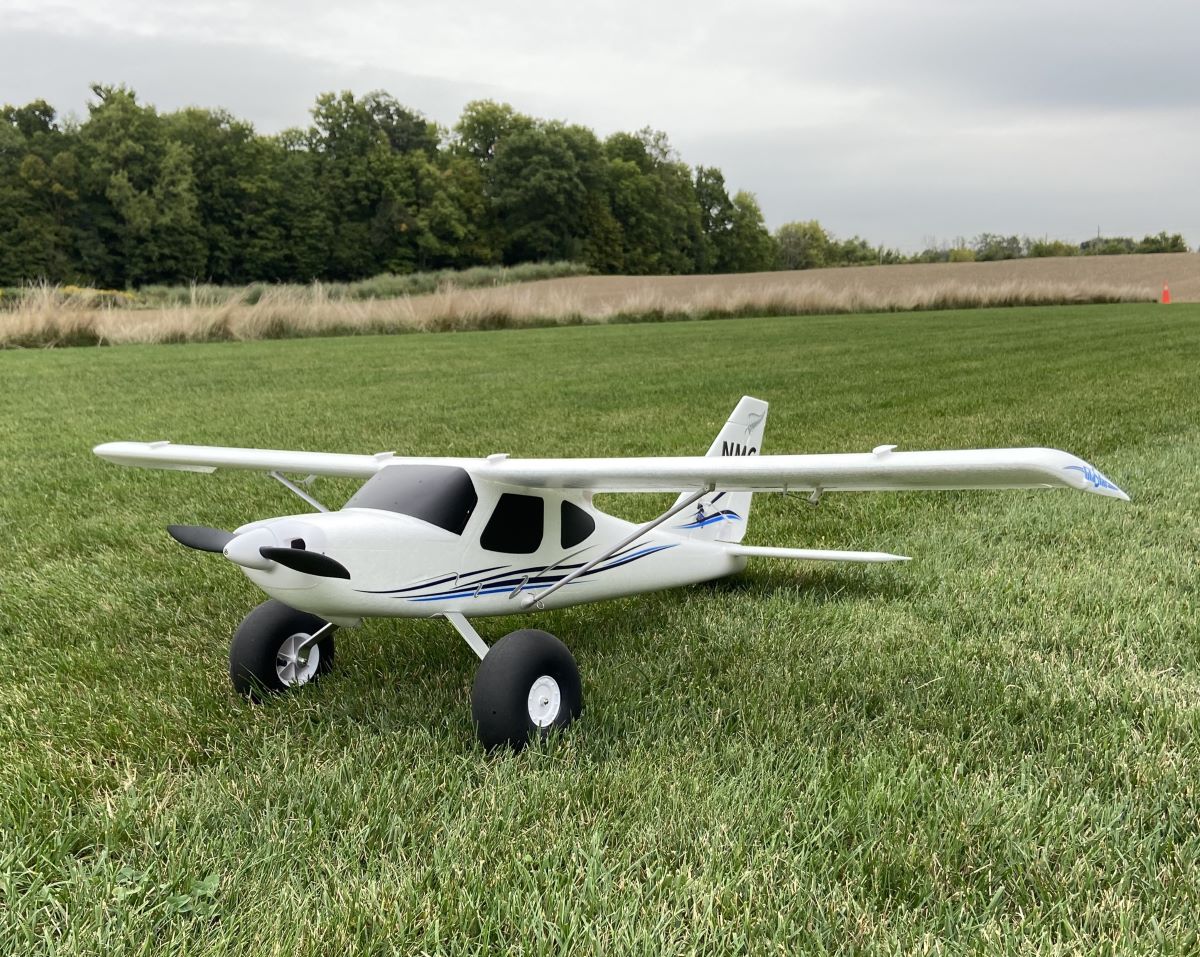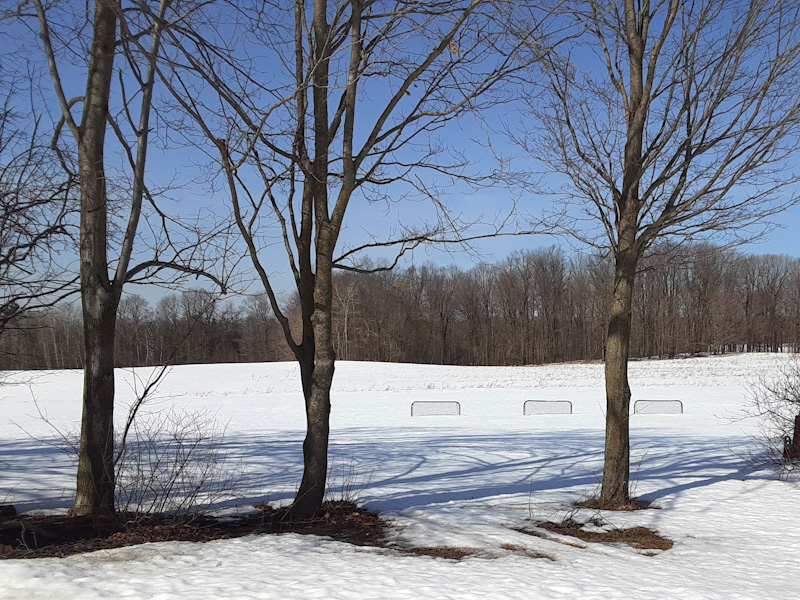I’ve been looking for a reliable, easy-to-fly RC aircraft for some months. My goal was not to break the bank, but get a system that would allow me to learn to fly, and at some future point, transfer the equipment to other aircraft as my skills increased.
I purchased the XFLY Glastar 1233 mm PNP RC aircraft from Great Hobbies Sept 15, 2022. This model is intended for the beginner, and behaves beautifully. Spare parts are readily available at Great Hobbies. Here’s a link. https://www.greathobbies.com/productinfo/?prod_id=XFM105P
The Glastar 1233mm aircraft is an RC scale aircraft, modelled after the GlasAir Aviation kit / DIY full scale aircraft, manufactured in the US. Here’s a link to the company. https://glasairaviation.com/about/
The model has a wingspan of 1233mm, length 945mm, weight 1200g. It comes with a 20A ESC, 4x 9g digital servos, air-filled and oversized tires (great for grass runways).
To fly it, you need to supply a transmitter, receiver, and 3S batteries, in the range of 1300mah to 2200mah.
Setup is quite quick and easy. Almost everything is already set up for you out of the box. Everything is just bolted together using provided screws. Install the wheels, the propeller, the horizontal tail, and you’re ready to install the electronics. The only control adjustment that was required was for the aileron – it’s the only control not pre-installed.
My setup:
- Spektrum NX6 transmitter
- Spektrum AR631 receiver
- 3S, 1550 batteries (2)
- 3S, 1800 batteries (2)
The transmitter and receiver was setup for SAFE and AS3X capabilities. After a thorough checkout of the plane, I was turned loose!
To date, I’ve flown 26 ‘sessions’ (One battery = 1 session, regardless of the number of takeoffs & landings)
On my 1550mah batteries, I safely get a 9 minute flight, with 3.7 to 3.8V per cell still remaining. With the 1800mah’s, I get 12 minutes safe flight time.
Takeoff is easy, the plane will almost take off on its own, or with just a slight up elevator at 70 – 100% power. I generally cruise between 60 – 75% power, depending on conditions. It has enough power to handle fairly stiff winds. Landing is again quite easy, it is stable and heavy enough that it isn’t tossed around too badly in wind gusts. It does have a tendency to float a bit on landing. The plane is quite easy to fly in any condition, from calm to a fairly windy day. It is quite forgiving, hard to stall, and with no tendencies to dip a wing on a stall.
I’ve since moved the CG a little forward of the recommended location, (I moved the battery about ¼” forward) this tendency to float disappears, and landings are a joy.
Being a ham-fisted beginner, I’ve given the plane a number of hard landings, on the wheels mostly. When this happens, the undercarriage bends slightly out of shape, and you have to bend it back – just until both wheels are vertical, and you’re good to go. Otherwise, the plane has so far withstood my flying with only a couple of scuffs on the wingtips and a bent corner on the elevator. Oh, yes, and an off-runway landing that punctured a tire, fixed with a bicycle repair kit.
All in all, this is a model that I would heartily recommend for a beginner.
